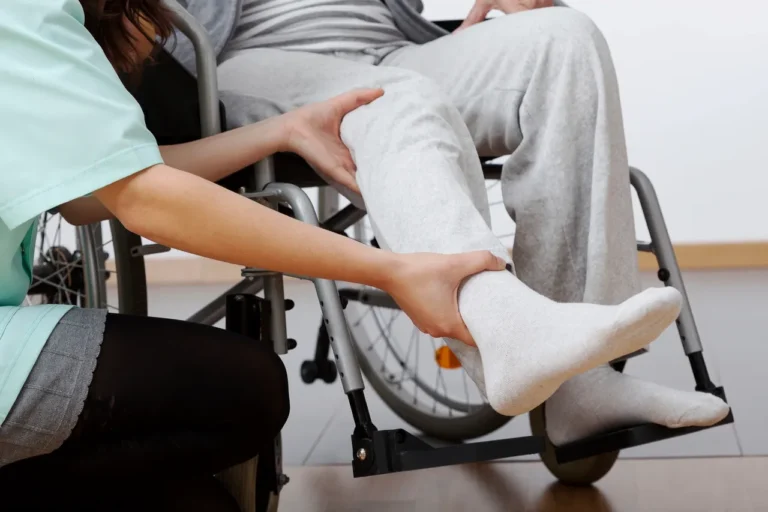Fall Risk Factors: Don't Become a Statistic
Wow! Every second of every day an older American suffers a fall. It is the leading cause of injury and injury-related deaths in the US for this population (age 65 years and older) and falls result in one death every 19 minutes for this age group, according the the CDC, Centers for Disease Control. This statistic is shocking to me.
As advances in medical care continue to grow allowing the population to live longer, the number of those in this age category will continue to rise suggesting this statistic will also increase. Don’t become a statistic and know your fall risk factors. Learn additional statistics about falls here: https://www.who.int/news-room/fact-sheets/detail/falls
You might ask yourself why older adults fall more than the younger population. We will discuss a trio of categorized fall risk factors that create the perfect storm. Physiological changes, environmental hazards and medications increase the likelihood of a fall occurring. I could write pages on the subject of falls because I have seen the catastrophic effects of countless patient falls in my nursing career, but let’s keep it short so you learn the main points in an abbreviated manner.
As we age, our physical and cognitive level of functioning declines. This natural process leads to muscle weakness, slower reflexes, vision and hearing loss, acute and chronic illnesses, poor balance, changes in thought processes or abnormalities in sensation. Typically, the older we are, the more medical diagnoses we have, and this is a fall risk factor. Some of the diagnoses that can contribute to falls include arthritis, Parkinson’s Disease, dementia, orthostatic hypotension, diabetes or osteoporosis. Most falls happen while walking, stepping or when there is a change in position, so the correlation between a decline in physical and cognitive status and when a fall is likely to occur is visibly understood (Saccomano & Ferrara, 2015).
The environment may contribute to falls so know the fall risk factors in your home. Let’s talk about throw rugs. We have all seen those beautiful, color coordinated rugs that make the home inviting and cozy. It’s not so pretty when they aren’t secured to the floor and the rug slips out from under you and you end up on the floor. This is a preventable fall risk factor. Other concerns, such as cluttered or narrowed pathways, uneven flooring, poor lighting, wet or slippery floors, stairs without handrails or improper fitting shoes are also dangerous.
We are currently in the fall season, and leaves are beginning to fall on the ground and the leaves may become wet; these are fall risk factors, as is the approaching ice and snow.
Lastly, the medication that someone is taking can be a fall risk factor. In another blog, “Medication Management: Advice About Medication Reviews”, https://wellnessstrategiesgroup.com/2021/10/medication-management-review/ we discussed polypharmacy, which is when someone takes multiple medications. This increases the chance of a fall because the greater the number of medications one takes, the greater the chance of drug interactions and side effects. But, even if someone is only taking one medication, and that one medication has a side effect of dizziness, it’s a potential problem. Do you feel steady on your feet when you are dizzy? Not likely.
Let’s put this perfect storm in a real-life example and discuss arthritis. If you have arthritis in your knees, you most likely have pain in your knees. What does one do in an attempt to alleviate the pain? They may limp, which can change the ability to maintain balance. They may limit walking, which can decrease muscle strength. They may avoid bending over to pick up items, which can cause clutter in pathways. They may take pain medication, which can make one sleepy or dizzy. Again, these are fall risk factors.
In summary, there are some fall risk factors that can be eliminated to reduce the incidence of older adults falling. A fall risk assessment should be part of every nursing consultation because the information gathered in that assessment is valuable in creating a falls prevention plan. We will talk about fall prevention plans in a later blog. Until then, stay on your feet.

